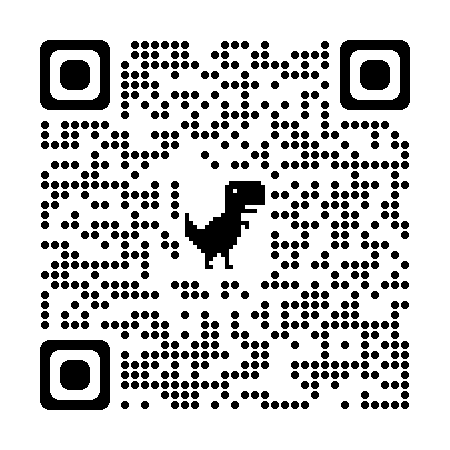One of the key factors in keeping your laundry clean is to avoid overloading your washer. Clothes need enough room to swim in the water and detergent solution during washing to completely remove the odor and stains. It is therefore very important to know your washing machine capacity.
If you have lost your manual, which usually has the washing machine capacity guide, you can just calculate it manually.
How Do You Calculate a Washer’s Tub Capacity?
Assuming that all measurements are in feet, calculating your washing machine capacity should be easy using this formula:
Volume in cubic feet = (pi) (r²) (D)
Your values are:
pi = 3.14
r (radius) = diameter divided by 2
D (depth) = the height of the cylinder
To get the radius of the tub, measure from the center to the outside wall. Alternatively, you can also measure the diameter and divide by 2.
To get the radius squared, you have to multiply the radius by the radius. Remember, this is not the same as multiplying the radius by 2.
Multiply the radius squared by 3.14. The product should then be multiplied by the depth of the tub to get the volume capacity of your washer in cubic feet.
Different Types of Washers Have Different Capacities
If you are planning to buy a new washer, you have to remember that different styles have different capacities.
Compact washers are normally 2.30 to 2.45 cubic feet, while standard and high efficiency top-load washers may range from 3.1 to 4 cubic feet.
If you need one with a larger capacity, check the front loaders. They can range from 4.2 to 4.5 cubic feet. Sometimes, they can go as big as 5 cubic feet.
Once you know your washing machine capacity, it is time to figure out how much laundry it can hold in every wash. While it is economical and faster to do full loads, you must never cram clothes if you want to clean them well and extend the life of your washer.
In the 1950’s and 60’s, manufacturers used the term “load of laundry.” During that time, the capacity of most washers was approximately 8 pounds of clothes or linens.
Then the machines got bigger, and most no longer have the center agitator, which increased load capacity. Front-load washers now rely on a tumbling stroke to move clothes through the water and detergent solution. Top load washers, on the other hand, use a bottom paddle agitator, creating more space for dirty clothes.
How Do You Calculate Laundry Load Size?
It is hard to manually calculate laundry load size. Every washer comes with a laundry load size chart for recommendations. As a rule of thumb, 12 pounds of laundry is appropriate for a standard top-load machine. A front-load washer can accommodate as much as 15 to 18 pounds of clothing. An extra-large front load machine can wash 20 to 22 pounds of laundry in one cycle.
Do you know how much dirty clothes weigh? Here’s a quick guide:
- A large towel or medium blue jeans weigh approximately 1.6 pounds
- Your full-size bed sheet weighs 1.3 pounds
- A medium sweatshirt is a little less than 1 pound
- An XL sized shirt is 0.5 pounds
These weights should give you a good guideline as to how many of each piece of clothing should you include in one cycle.
Another important reason to check your laundry load size chart is to avoid overfilling or underfilling issues.
Overfilling issues may:
- Shorten the average lifespan of your washer and dryer;
- Leave clothes dirty because they cannot flow properly in the water and detergent solution, especially hard-to-reach areas; or
- Cause draining problems because too many clothes are blocking the channel.
Underfilling your tub may cause problems, too, including:
- An imbalance during a spin cycle, often because small loads tend to congregate on just one side of the tub, making it loud during the spinning;
- Inability to spin when a load of laundry is too small; or
- High cost per load because of wasted time, energy, and detergent.
Weighing your laundry is a good idea. However, if you do not have a scale or the time to do this, just estimate using the guide above.
If you need expert advice on washing machine capacity and laundry load size, you can call Kelly’s Dry Cleaners in Farmington, NM at 505-564-3333,Monday through Saturday. You may also call our Durango, CO branch at 970-903-1642 anytime on weekdays from 9 AM to 6 PM.



